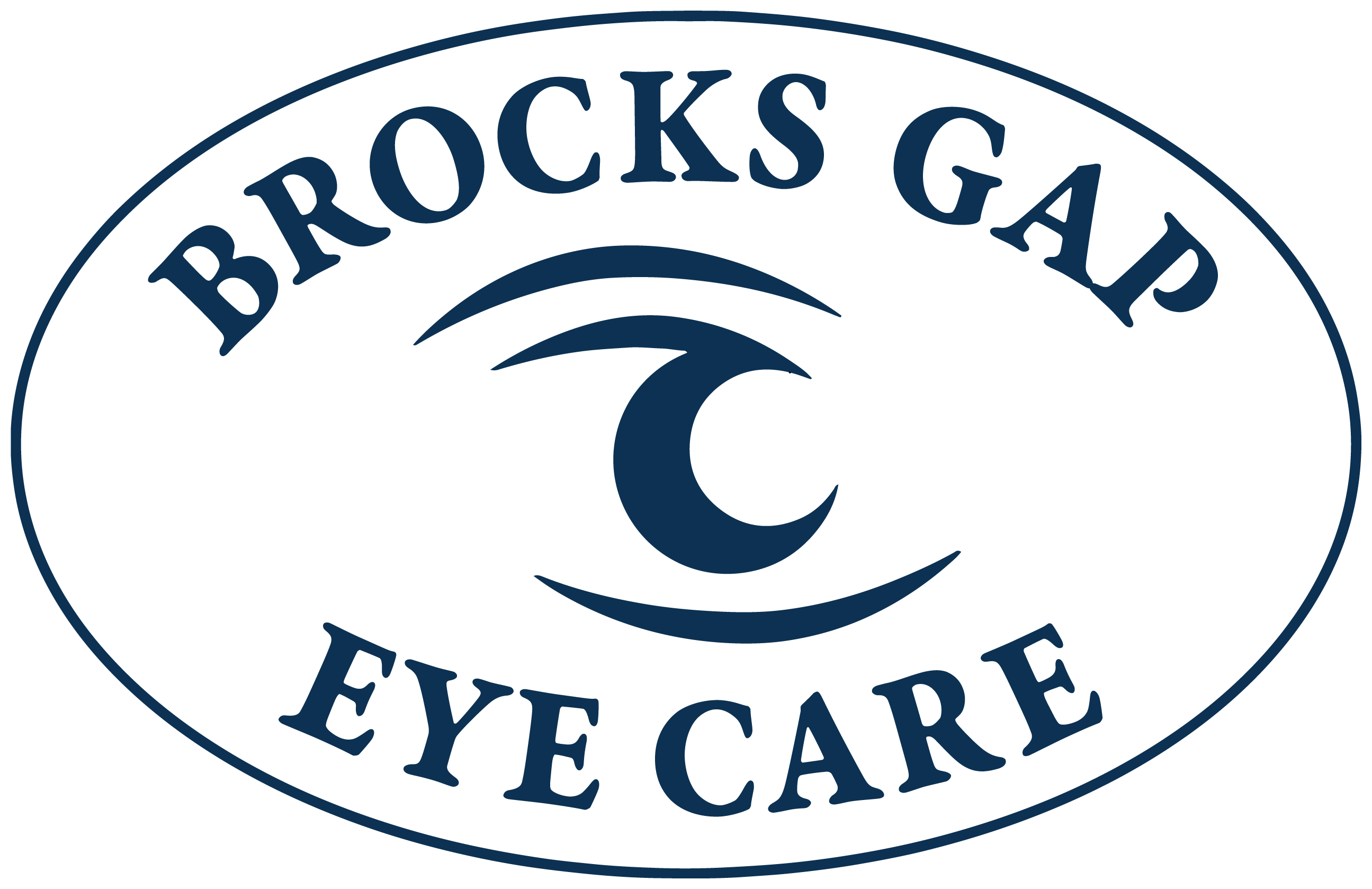The Degrees of Visual Impairment
- tansley6
- Nov 21, 2022
- 3 min read
Updated: Dec 23, 2024
Sight is a sense that many take for granted. It is not only an integral part of environmental awareness, but it also gives us the ability to appreciate the visual beauty of life. For those with vision problems, these and other benefits of healthy eyes are not overlooked—they’re valued with profound gratitude.
Thanks to modern medicine, many common vision problems are easily corrected with contacts, glasses, or minor treatment. Sometimes, vision problems are more serious and cannot be corrected through these means. These severe scenarios are known as visual impairments, and they fall into varying degrees of acuteness.
What Causes Visual Impairment?
Just like with eye conditions that are easier to treat and correct, visual impairment can be caused by a variety of things. Among these potential causes are injury, eye disease, birth defects, age, and genetic disorders. The symptoms of and treatment for visual impairment are often dictated not only by severity but also by the root cause of the problem. For example, visual impairment catalyzed by an eye injury will likely be treated far differently than that caused by a genetic disorder.
Levels of Visual Impairment
Just as there is no single cause or symptom of visual impairment, there is not a single category of impairment. Instead, there are types and degrees of visual impairment. Double vision, light sensitivity, and visual distortion are all forms of visual impairment.
When it comes to visual impairment and how it is defined at large, there are two primary categories, “low vision” and “legally blind.”
What is Low Vision?
Degrees of visual impairment are determined by the maximum eyesight that can be achieved through corrective measures. With this in mind, low vision is defined as 20/70 vision or worse with the help of corrective eyewear. To put this in perspective, people with low vision can see about the same amount of detail at 20 feet as a person with average eyesight would see at 70 feet.
What Does “Legally Blind” Mean?
In terms of severity, legal blindness is a step beyond low vision. People in this category of visual impairment can achieve a maximum of 20/200 vision with correction measures. In other words, being legally blind does not mean a total lack of vision (although this, too, would be considered legal blindness).
Protect Your Vision
Whether you have exceptional eyesight or are at risk of vision loss, caring for your eye health is the best way to preserve your vision now and into the future. Annual eye exams are a must, and dietary changes can make a big difference, as well. You can also do your part to protect your eyes from injury, such as using protective eyewear. The best thing you can do for your eye health, however, is to have an open, honest conversation with your eye doctor. They can evaluate your current level of eye health and work with you to maintain and even improve it.
As technology advances and medical science continues to make strides, there is a strong possibility that visual impairment will become more treatable. Even now, those with vision loss can benefit from building healthy eye habits.
For those with their eyesight, be sure to learn about visual impairment and do your part to assist them when appropriate. This can be as simple as resisting the urge to pet their adorable guide dog or treating others with kindness and understanding. Together, we can make the world a little better for everyone!

Comments